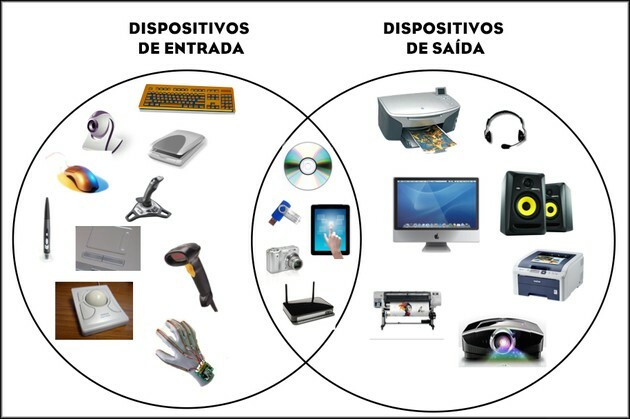Input and output devices are devices that allow a processor, usually a computer, to interact with humans. They are also known as peripherals and enable the input and output of data.
Input devices are those that input information into a computer from an external source. Examples include: keyboard, mouse, microphone, scanner, and touch screens.
Output devices are the devices used by a computer to communicate information. These are in user-usable format. Examples include: video monitors, speakers, speakers, sensors, virtual reality glasses, and printers.
| Input Devices | Output Devices | |
|---|---|---|
| Definition | Devices that are used to receive user input signals. |
Devices that are used to communicate information to the user in a usable format. |
| how it works | It helps the computer to obtain user data and enter it into the computing system. | It helps the computer to display the data and results after the process is completed. |
| Examples | Keyboard, scanner, microphone, mouse, graphics tablet, joystick. | Monitor, printers, projector, speakers, speakers. |
What is input device?
Input devices are devices that help the computer take user data and input it into the computing system. They are only capable of sending data, not receiving.
It is the hardware that takes the data through user action and processes the information. For example, when you type on a keyboard, it captures the information you want to convey and sends it to the computer so that we can see it.
These devices must have a modality on the input. That is, something that connects them to the computer, such as a cable or connection. wireless.
What is output device?
Output devices play a significant role in information, transforming the data that is on the computer into an identifiable language for the receiver.
For example, whenever we play a song on the computer, it processes the file and makes the sound come out of the speakers. So we can listen. Another example is the use of the printer, which is capable of transforming a digital file into something physical.
What about input and output devices?

Some devices work both input and output. These can both receive data from users or another device and also send data to another device.
An example of this type of device is CD-RW drives. These receive data from a computer (input) to copy onto a writable CD, but also send data contained on a CD (output) to a computer.
Other examples include pen drives, modems, cameras and tablets.
See also the difference between:
- hardware and software
- MBR or GPT partitions
- Computer measurement units kB, MB and GB



